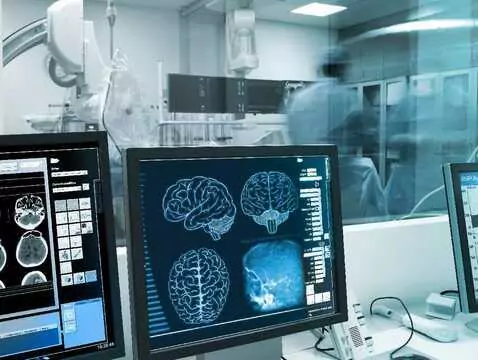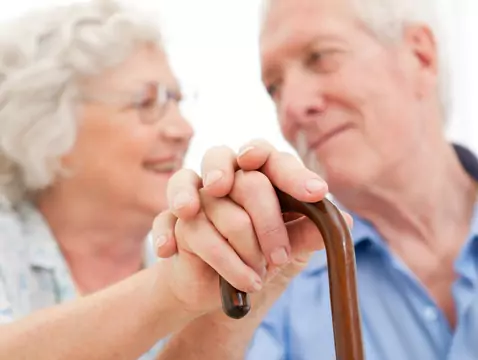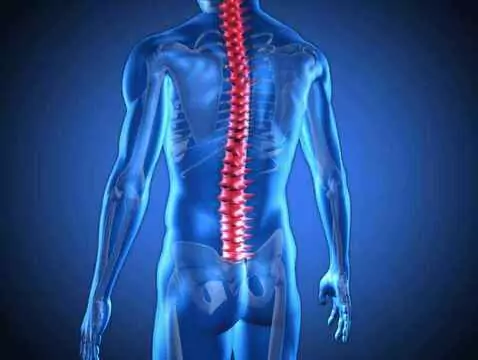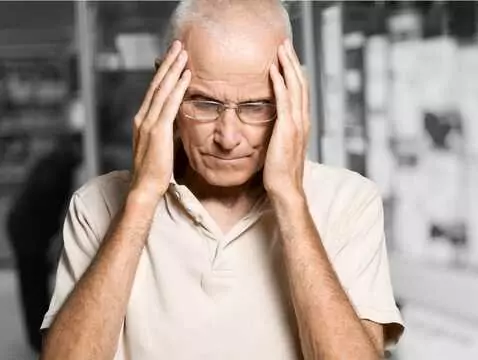Dehydroepiandrosterone (DHEA) is a hormone that has been hailed as the "elixir of youth" - improves memory, renews the immune system and smooths wrinkles. High levels of the hormone DHEA in the blood are maintained during youth; after the age of 40, they decrease rapidly. In the elderly, the secretion of the hormone is low - deficiencies are associated with troublesome symptoms (e.g. accelerated ageing, atherosclerosis, osteoporosis).
The effect of DHEA on the ageing process, was discovered relatively recently. Dehydroepiandrosterone deficiencies cause the unpleasant consequences of accelerated ageing processes.
Important! A 2005 study involving both men and women showed that by taking DHEA for a period of six weeks - there was a significant improvement in the reduction of depressive symptoms, an improvement in the patients' functional form and an increase in libido.
DHEA, or..
DHEA is produced from cholesterol and secreted in the adrenal cortex. Small amounts are also produced in the central nervous system (acting as a neurotransmitter).
The chemical structure of dehydroepiandrosterone is similar to that of testosterone and estriadol - and it can therefore be readily converted into them.
DHEA belongs to the prohormones, which act as precursors (under their influence, hormones are formed). A prohormone that is released into the blood undergoes enzymatic modification. This process allows it to obtain its active form, ready to exert a specific action.
Although dehydroepiandrosterone belongs to the male sex hormones, a certain level of its concentration is also present in women.
Important! Although DHEA has recently been making waves as the 'elixir of youth', in fact its biological role is not fully understood. Research is still being conducted to clarify the role of this hormone.
DHEA is known to have its own receptors in immune cells, which shapes immune activity. It also has the rare ability to bind to receptors for other hormones (including the oestrogen receptor responsible for muscle tone and nerve excitability).
Role of the hormone in the body
The concentration of the compound DHEA in the body is determined by its age:
- low in children,
- increases just before puberty,
- maximum concentration between 20 and 30 years of age,
- decreases after the age of 40.
Important! In people 80+, the level of dehydroepiandrosterone is only 10 - 20% of the concentration of the hormone that 30-year-olds have.
The main function of the hormone is the synthesis of sex hormones (oestrogens and androgens). The direction of DHEA metabolism is determined by factors such as gender and tissue.
Important! The hormone does not directly cause metabolic effects. However, by influencing the formation of sex hormones, it is associated with the period of youth.









